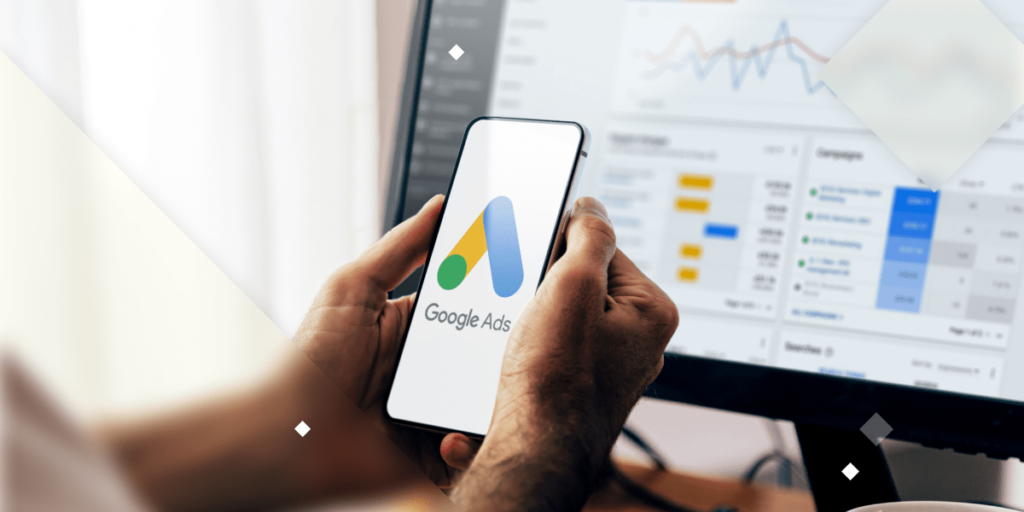Google Marketing has revolutionized how businesses reach their audience in today’s digital-first world. As the most widely used search engine globally, Google offers powerful tools and platforms that allow companies to connect with potential customers through search, video, mobile apps, and more. Whether you’re a small business owner or a digital marketing professional, using Google Marketing effectively means accessing one of the most comprehensive advertising ecosystems available. This system is designed to optimize ad visibility, improve user targeting, and drive measurable results in real time.
The Core Elements of Google Marketing
Google Marketing comprises several essential components, including Google Ads, Google Analytics, Google My Business, Google Search Console, and YouTube advertising. Each element plays a vital role in the broader strategy of attracting, engaging, and converting users. Google Marketing Ads allows for paid search campaigns targeting keywords, demographics, and locations. Google Analytics provides deep insights into user behavior, while Google My Business helps enhance local SEO. Combined, these tools form a complete suite that marketers rely on to build brand awareness and generate leads efficiently.
Benefits of Implementing Google Marketing Strategies
Businesses that implement Google Marketing strategies benefit from increased online visibility, enhanced customer insights, and improved return on investment. The platform’s machine learning and AI-powered tools automate bidding and targeting, reducing the manual workload while maximizing campaign performance. With billions of searches happening daily, Google Marketing ensures that your brand is discoverable by users actively seeking related products or services. From real-time performance tracking to budget flexibility, the benefits cater to businesses of all sizes and sectors.
Google Marketing for Small and Local Businesses
Google Marketing offers particularly valuable opportunities for small and local businesses looking to compete with larger enterprises. Google My Business enables local companies to appear in Google Maps and local search results, providing vital information such as location, hours, and reviews. By optimizing Google Ads for local keywords and using geo-targeting features, businesses can attract nearby customers efficiently. These tools help level the playing field, allowing small businesses to achieve visibility and conversions without requiring massive budgets.
Search Advertising in Google Marketing
At the heart of Google Marketing is search advertising, which involves placing paid ads at the top of search engine results pages (SERPs). Advertisers bid on keywords relevant to their business, ensuring that their ads appear when users search for those terms. This method allows for highly targeted marketing that reaches users with strong purchase intent. The flexibility of keyword selection, ad copy customization, and performance metrics makes search advertising a cornerstone of any effective Google Marketing campaign.
Google Display Network and Visual Reach

Beyond search, Google Marketing extends to visual advertising through the Google Display Network (GDN), which includes millions of websites, apps, and videos. Marketers can create visually engaging ads in formats like banners, responsive ads, and rich media to capture attention across the internet. The GDN allows for audience targeting based on interests, behaviors, and browsing history, enabling campaigns to reach users even when they’re not actively searching. This helps in brand building and top-of-funnel engagement strategies.
YouTube Advertising Within Google Marketing
YouTube, owned by Google, is an integral part of the Google Marketing ecosystem. With billions of users watching content daily, YouTube offers unmatched opportunities for video marketing. Advertisers can choose from ad formats like skippable in-stream ads, non-skippable ads, bumper ads, and sponsored cards. Google Marketing leverages YouTube’s vast user data to target specific audiences based on demographics, interests, and viewing habits. This makes video advertising more precise, impactful, and measurable than ever before.
Google Analytics and Data-Driven Marketing
One of the most powerful tools in Google Marketing is Google Analytics, which provides deep insights into how users interact with your website or app. Marketers can track visitor behavior, measure conversion paths, and analyze traffic sources to fine-tune their campaigns. This data-driven approach allows businesses to make informed decisions that increase ROI and optimize customer journeys. Google Analytics integrates seamlessly with other tools in the Google Marketing suite, offering a holistic view of campaign effectiveness and user engagement.
Remarketing and Retargeting With Google Marketing
Google Marketing includes remarketing capabilities that enable businesses to re-engage users who have previously interacted with their brand online. By using cookies to track visitor behavior, marketers can serve targeted ads to those users across Google’s network. Remarketing boosts conversion rates by reminding potential customers of products or services they considered but didn’t purchase. These campaigns are particularly effective in long sales cycles or high-competition industries, where multiple touchpoints are needed to close a deal.
Mobile and App Advertising in Google Marketing
With the increasing dominance of mobile browsing, Google Marketing has adapted to prioritize mobile-first strategies. Google Ads offers app campaign options that promote apps across Google Play, YouTube, Google Search, and the Display Network. These campaigns are powered by machine learning and automatically adjust placements, bidding, and targeting to maximize app installs and in-app actions. Mobile ads can be customized for various devices, screen sizes, and user behaviors, ensuring that your brand remains accessible and engaging across all platforms.
Performance Measurement and Campaign Optimization
The final but crucial step in any Google Marketing strategy is performance measurement and optimization. Google Ads and Google Analytics offer a wide array of metrics—click-through rates, conversion rates, bounce rates, cost-per-click, and more—that help marketers understand what’s working and what needs improvement. Using A/B testing and automated bidding strategies, campaigns can be continuously refined to meet specific goals. Google Marketing’s ecosystem thrives on data and automation, making it easier for businesses to scale efforts, allocate budgets smartly, and achieve meaningful marketing outcomes.
Conclusion
Google Marketing stands as one of the most versatile and impactful digital marketing systems in the world. It empowers businesses to reach the right audience at the right time with the right message—across search engines, websites, mobile devices, and video platforms. From paid search to display advertising, video campaigns to data analysis, the tools within Google Marketing are built to deliver measurable results. Whether you’re a small startup or an established enterprise, mastering Google Marketing can transform your digital strategy, enhance your brand’s visibility, and accelerate business growth in a competitive online marketplace.
















